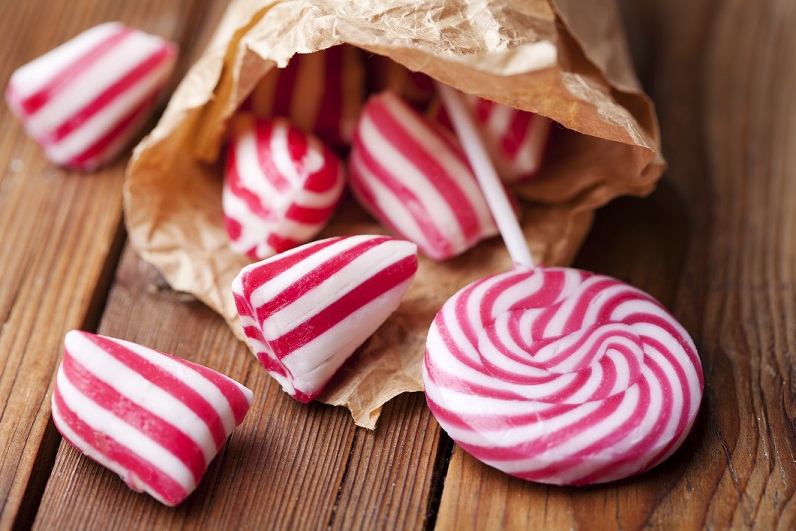
National Hard Candy Day
A favorite of young and old alike, National Hard Candy Day recognizes the sweet tooth in all of us.
Most hard candies are 100% sugar with flavoring and colors added.
The first hard candies, such as lemon drops and peppermints, were likely prescribed as a remedy for stomach ailments.
Hard candy became popular in the seventeenth century when sugar prices fell. Previously, hard candy was something that only the well-to-do could afford.
While these hard candies seem harmless, eat too many and the constant exposure to sugar can be harmful to your teeth. Hard candies also put your teeth at risk because in addition to being full of sugar, they can also trigger a dental emergency such as a broken or chipped tooth.
If you choose to eat hard candy, you can minimize the impact on your oral health, by following theses steps:
- Eat candy in moderation. The more you eat, the more sugar that is introduced into your mouth.
- Drink water after eating candy. Water helps flush out any lingering sugars from the candy.
- Eat candy with a meal. Your mouth produces saliva during mealtime, eating candy with a meal helps prevent decay. The saliva fights the acid in your mouth and also helps flush out the sugar quicker.
- Brush your teeth. As soon as you are able, brush your teeth after eating candy.
Leave a reply →
